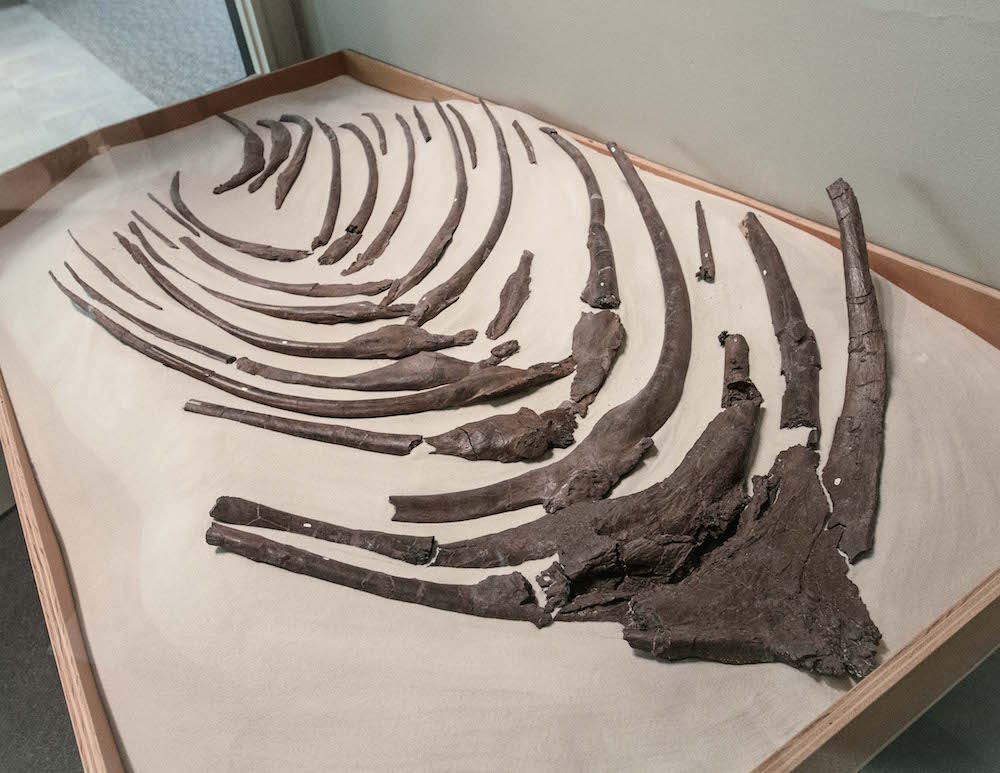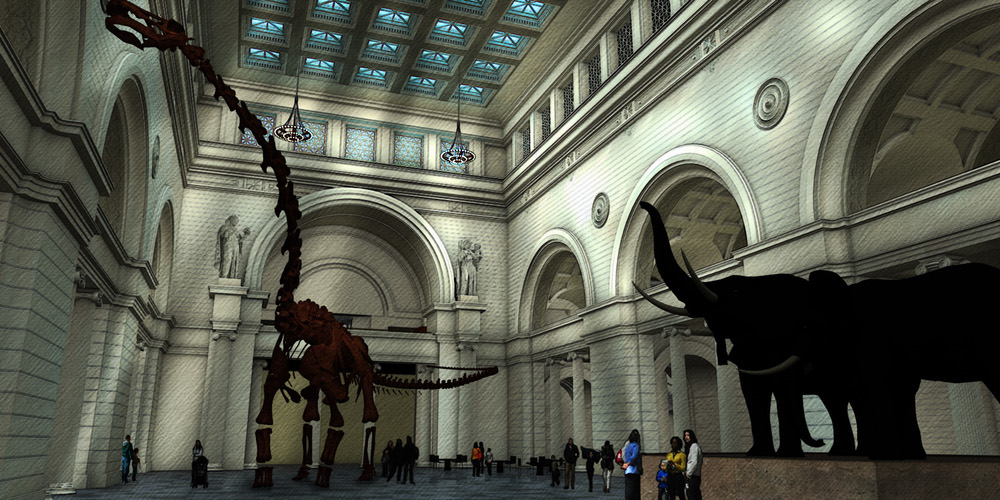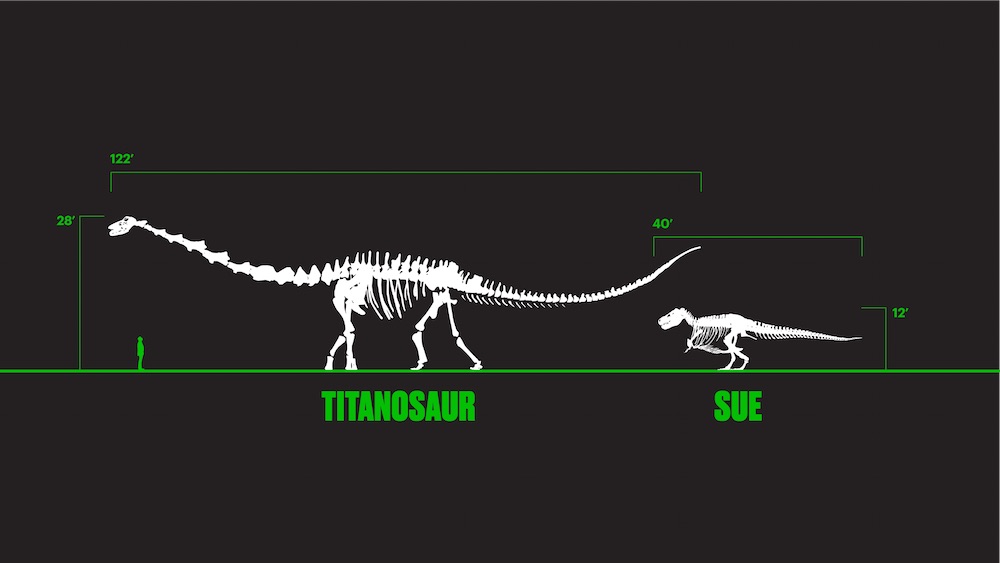So Long, Sue! Famed T. Rex Makes Way for Bigger Beast
After spending nearly 18 years in the Field Museum's great hall in Chicago, Sue — the largest and most complete Tyrannosaurus rex ever discovered — will move to an exhibit upstairs, making room for the world's largest known dinosaur: a titanosaur.
Once upstairs, Sue will be reconnected with its gastralia, a unit of rib-like bones that stretch across the belly. The dinosaur will also have adjustments made to its furcular (wishbone), arms and legs, said Bill Simpson, the collections manager of fossil vertebrates at the Field Museum.
"The gastralia [addition] is the biggest thing, but we're also making a few other corrections to Sue," Simpson told Live Science. [Dinosaur Detective: Find Out What You Really Know]
Sue was originally found near Faith, South Dakota, in 1990 by paleontologist Sue Hendrickson during a commercial fossil-hunting expedition, Simpson said. The Field Museum later bought the 67-million-year-old T. rex for $8.4 million, and put it on display in Stanley Field Hall in 2000. However, at the time, scientists weren't sure how to attach Sue's gastralia, also called the gastral basket.
"Gastralia are often referred to by the shorthand of 'belly ribs,' because they're in the belly and because they look like ribs," Simpson said. "[But] they're not really ribs … they're actually developed in the skin itself." In primitive animals, the gastralia likely protected the belly, but in dinosaurs, it's thought that the gastral basket helped the beasts push air in and out of their lungs, as they didn't have diaphragms, Simpson noted.
Museum curators have more than half of Sue's gastral basket and plan to attach it to the rest of the dinosaur's skeleton once it's taken off display in February 2018. Sue will return to public view on the second floor, as part of the Evolving Planet exhibit in spring of 2019, Simpson said.
Gastralia are rare, but aren't exclusive to T. rex: They're also found in other nonavian theropods (bipedal, mostly meat-eating dinosaurs), prosauropods (the ancestors of the long-necked, long-tailed sauropod dinosaurs), crocodilians and the tuatara, a small reptile native to New Zealand, Simpson said. It's also thought that the underside of turtle shells (called the plastron) developed from expanded gastralia, he said.
Get the world’s most fascinating discoveries delivered straight to your inbox.
After Sue is whisked away from the great hall, museum curators will install the titanosaur Patagotitan mayorum (pat-uh-go-tie-tan my-or-um). This dinosaur's scientific name refers to Argentina's Patagonia region, where the specimen was uncovered, and the Mayo family, who owned the ranch where the 69-ton (62 metric tons) dinosaur was found.
While Sue's 40.5-foot-long (12 meters) skeleton is made out of real fossils, the 122-foot-long (37 m) titanosaur display is made from a cast, meaning that visitors can touch it, museum curators said. Alongside it, the museum will display some of P. mayorum's real bones, including an 8-foot-long (2.4 m) thighbone.
The American Museum of Natural History (AMNH) in New York City also has a cast of the roughly 100-million-year-old P. mayorum on display.
Sue's makeover and the addition of the titanosaur to the Field Museum were made possible by a $16.5 million gift from the Kenneth C. Griffin Charitable Fund. Sue appeared excited about the move, at least on Twitter, saying, "For years now, I've been pitching this to the museum. A room with a better defensible position against velociraptor attacks and reduced exposure to possible meteorite collisions. Finally, the mammals in charge have come to their senses."
Original article on Live Science.

Laura is the managing editor at Live Science. She also runs the archaeology section and the Life's Little Mysteries series. Her work has appeared in The New York Times, Scholastic, Popular Science and Spectrum, a site on autism research. She has won multiple awards from the Society of Professional Journalists and the Washington Newspaper Publishers Association for her reporting at a weekly newspaper near Seattle. Laura holds a bachelor's degree in English literature and psychology from Washington University in St. Louis and a master's degree in science writing from NYU.





